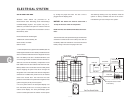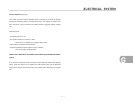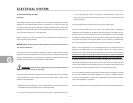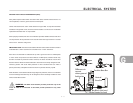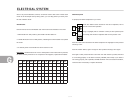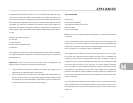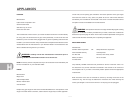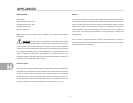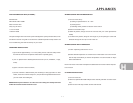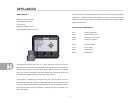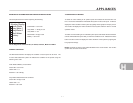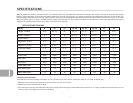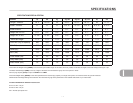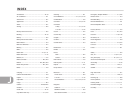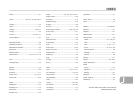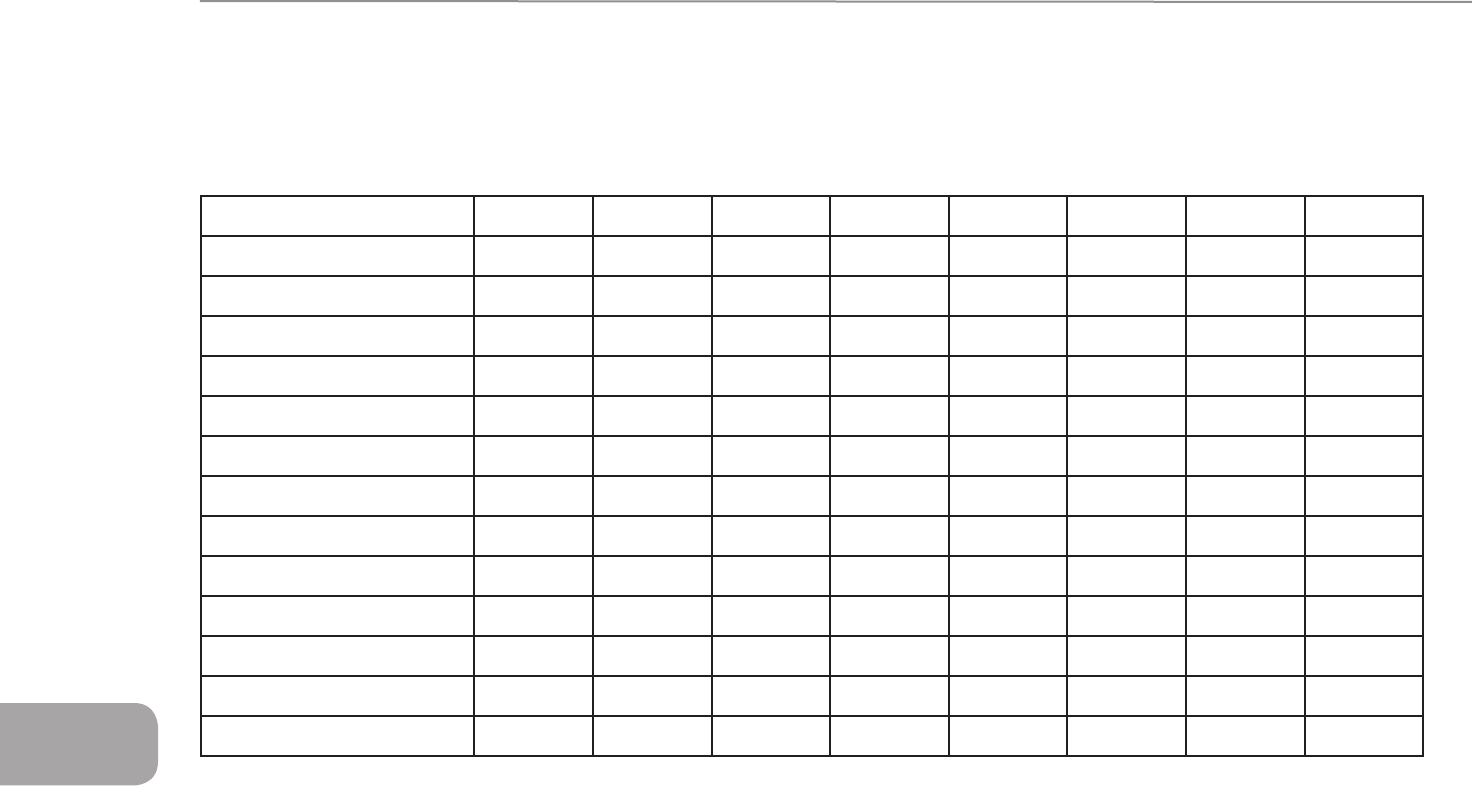
I
SPECIFICATIONS
I - 1
Note: All weights were made on prototype vehicles. Your production trailer may vary slightly. More information on weighing and loading your trailer can be found under “Weight
Rating” in the forward section of this manual. Information pertaining to your trailer can be found in your vehicle on the back of the wardrobe door about 60” up from the floor. The
Unit Base Weight (UBW) and the Net Carrying Capacity (NCC) is not the same as the Unloaded Vehicle Weight (UVW) and the Cargo Carrying Capacity (CCC) shown on the Trailer
Weight Information tag in your vehicle. The UBW and NCC weights are for the base unit with no options and fluids. The UVW and CCC on the Trailer Weight Information tag are
weights for the individual vehicle as built with its options and certain water capacities.
MODEL 19’ 20’ 23’ 25’ AB 25’ SS 25’ FB 27’ 28’
Length - Exterior 19’ 2” 20’ 10” 23’ 25’11” 25’ 11” 25’ 11” 28’ 27’11”
Width - Exterior 8’ 8’ 8’ 8’ 5 ½” 8’ 5 ½ 8’ 5 ½” 8’ 5 ½” 8’ 5 ½”
Width-Interior 7’ 7” 7’ 7” 7’ 7” 8’ 1” 8’ 1” 8’ 1” 8’ 1” 8’ 1”
Height-Ext. w/ A/C 9 ’5” 9’ 5” 9’ 5” 9’ 7” 9’ 7” 9’ 7” 9’ 7” 9’ 7”
Height-Int. w/ A/C 6’ 4½” 6’ 4½” 6’ 5” 6’ 5” 6’ 5” 6’ 5” 6’ 5” 6’ 5”
*Hitch ball Height 17 ¼” 17 ¼” 17 ¾” 17 ¾” 17 ¾” 17 ¾” 17 ¾” 17 ¾”
Hitch Wt. (Dry, no options) 480 600 600 860 750 720 790 830
GVWR (lbs.) 4500 5000 6000 7000 7300 7300 7600 7300
UBW (lbs.) 3680 3965 4460 5065 5380 5210 5399 5495
NCC (lbs.) 820 1035 1540 1935 1920 2090 2201 1805
Fresh Water (Gal) 23 23 30 39 39 39 39 39
Gray Water (Gal) 21 21 21 39 37 37 37 37
Black Water (Gal.) 18 18 18 35 18 39 39 35
* Measuring Hitch Ball Height
The proper height will vary according to the weight you carry and the tires you use. However, checking the height on your trailer is relatively easy:
1. With trailer on fairly level ground measure from ground to bottom of frame, front and rear.
2. Adjust front jack until measurements are equal.
3. Now measure from ground to the inside top of ball coupler. This figure is the hitch height. The hitch ball is then usually set ½” to 1” higher, according to the spring rate of your tow
vehicle, to allow for it to settle when the trailer is hitched up.
SPECIFICATIONS STANDARD



